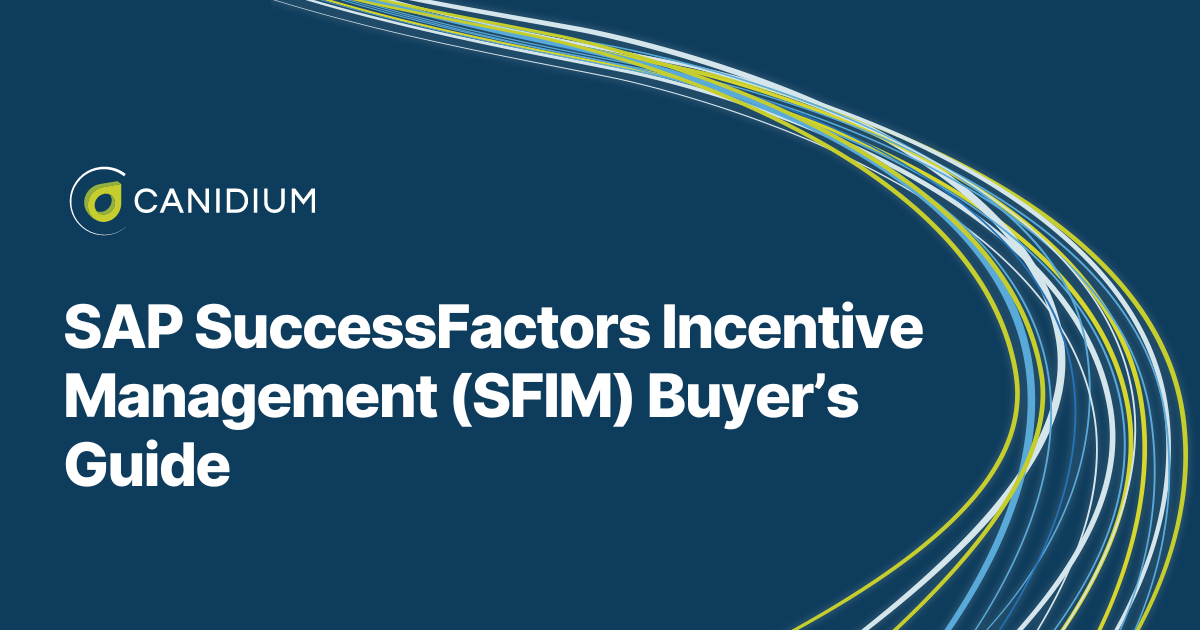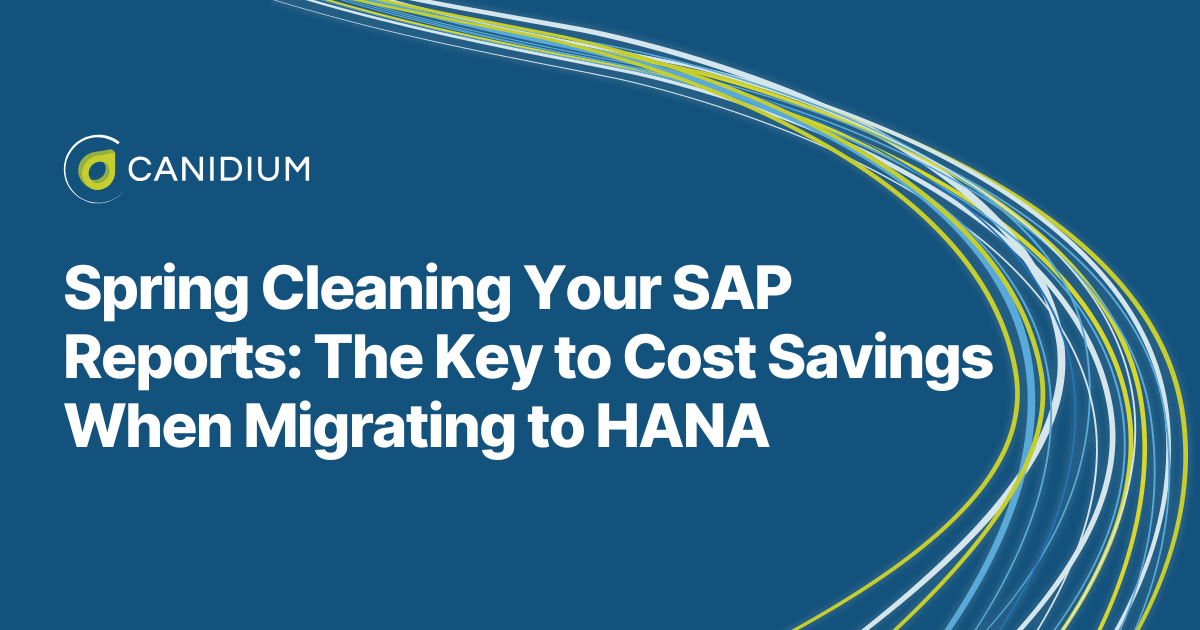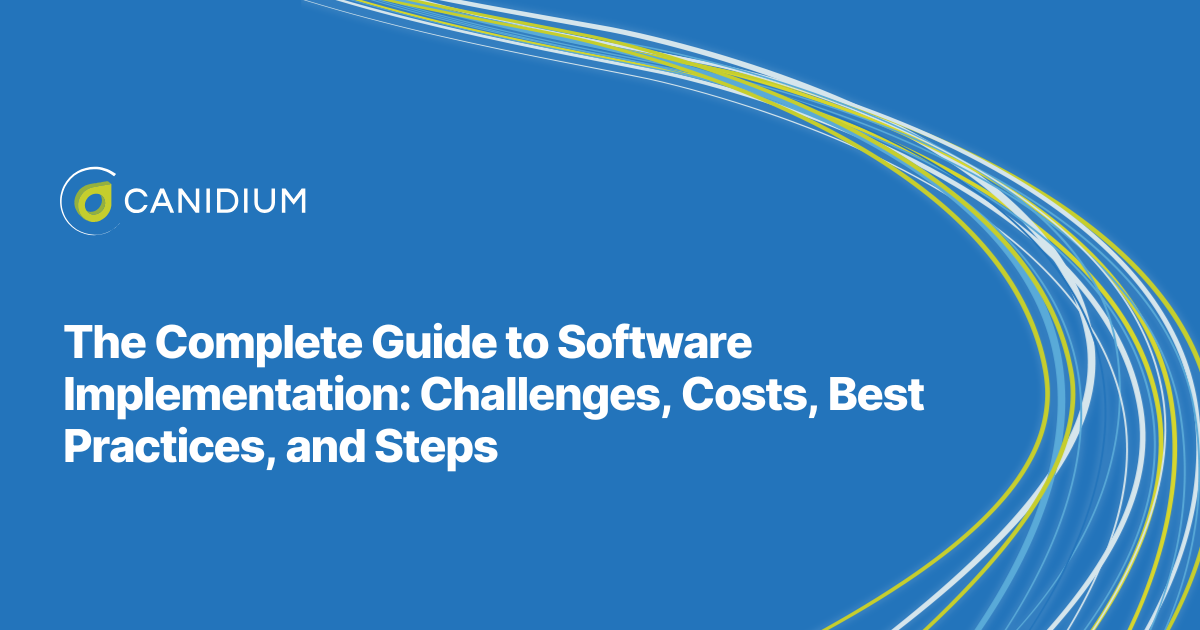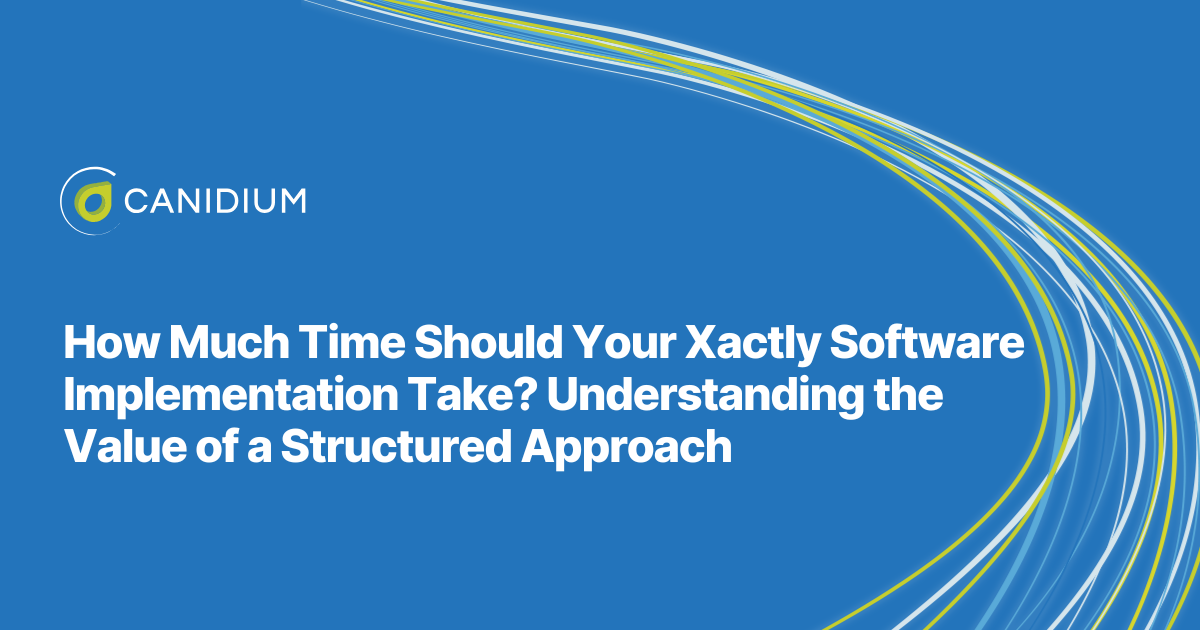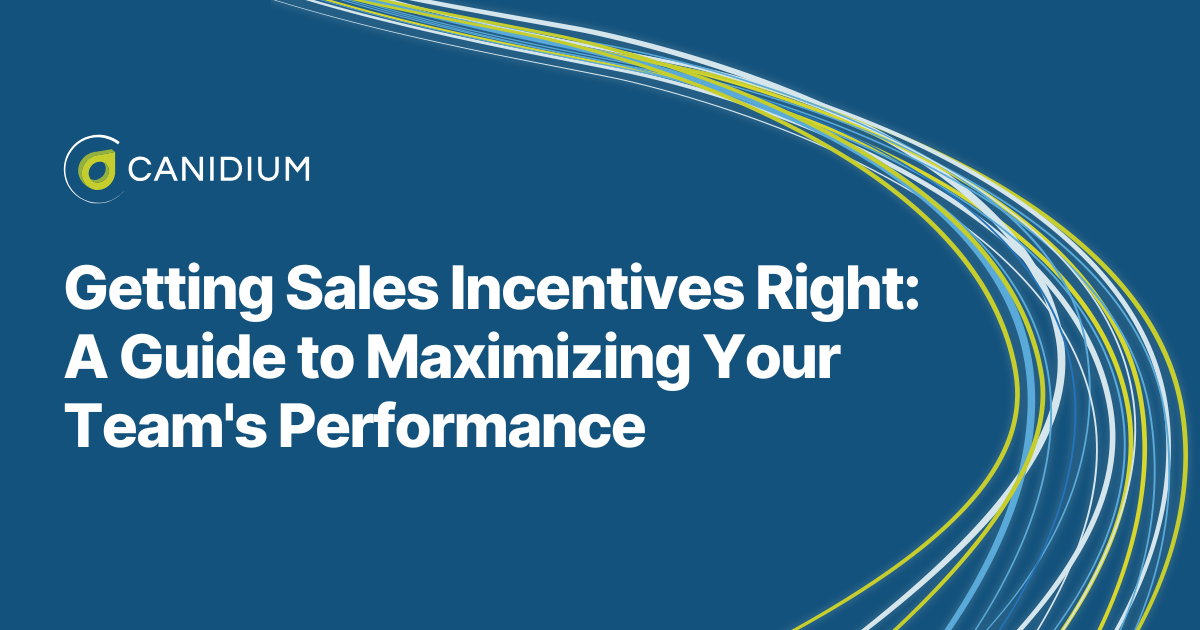The more motivated your sales team is, the more revenue they will generate. However, managing complex incentive programs at scale is traditionally error-prone and labor-intensive. This inefficiency is the core issue that Incentive Compensation Management Software (ICM) solves.
At Canidium, our team of solution experts have been designing, configuring, and implementing SFIM for 16 years. Based on this expertise, this guide covers everything you need to know about SFIM implementations.
- The case for ICM software
- SFIM’s capabilities
- Who uses SFIM?
- SFIM case study: Panasonic
- SFIM Case Study: Heartland Dental Partners
- Four factors impacting SFIM implementation costs
- SFIM implementation pricing
- Buyer’s guide download
The Case for Incentive Compensation Management (ICM) Software
ICM solutions such as SAP SuccessFactors Incentive Management are designed to manage and optimize sales incentives effectively, ensuring your team is appropriately motivated and rewarded. SFIM calculates commissions and bonuses based on real-time sales data. By automating the calculation of variable pay, ICM solutions eliminate the manual errors that often plague traditional methods, ensuring that every salesperson receives the correct compensation promptly.
ICM solutions facilitate designing and implementing incentive plans that motivate your sales team. These plans can be tailored to meet your business's specific needs, offering various incentives such as bonuses for achieving sales targets, additional commissions for upselling, or rewards for maintaining customer satisfaction.
At Canidium, our ICM team designs, configures, and implements SFIM based on client specifications. Leveraging the extensive expertise of our in-house experts, we will walk you through everything you need to know in this comprehensive buyer’s guide.
SFIM’s Capabilities
SFIM can keep your sales team motivated, engaged, and focused on driving sales by providing precise and achievable incentives. Let's delve into the core capabilities of SFIM, and explore how it can transform your approach to compensation and incentive management.
- Performance Tracking: By continuously monitoring sales performance, SFIM provides valuable insights into how well your sales team is performing against set targets and company goals.
- Optimization: SFIM optimizes your incentive structures to motivate your sales teams and maximize revenue.
- Variable Pay Management: SFIM allows you to set up complex compensation structures for unit prices, discount levels, and sales volumes.
- Incentive Plan Design: SFIM facilitates individually configured incentive plan design to target specific metrics.
- Compensation Management: SFIM automates time-consuming and error-prone compensation management processes. It also increases compensation plan transparency, making it easier to adjust structures according to changing priorities or market factors.
Who Uses SFIM?
SFIM is used by companies to design, implement, and manage compensation plans that align sales behaviors with business goals. Here are four key types of users within a company who typically interact with SFIM and the challenges the solution addresses for each role:
Compensation Administrators
Administrators are responsible for managing complex compensation plans, ensuring they are updated, accurate, and compliant with company policies and regulations SFIM streamlines the management of compensation plans, reduces errors, and ensures compliance through audit trails and reporting capabilities.
Sales Representatives
Sales reps often struggle with visibility into their compensation and understanding how their sales activities link to payouts. SFIM provides real-time visibility into their earnings and detailed insights into how their sales activities contribute to their compensation. It helps them understand the compensation structure and motivates them by clarifying potential earnings from deals.
Executive Teams
Executives need to ensure that the compensation strategy aligns with overall business goals, is cost-effective, and drives the desired business outcomes. SFIM provides executives with analytics and reporting tools to assess the effectiveness of compensation plans.
Sales Managers
Sales managers need to monitor team performance, forecast earnings, and adjust targets or territories. SFIM allows sales managers to track team performance against targets, forecast future performance, and make necessary adjustments to territories or quotas.
SFIM Case Study: Panasonic
Panasonic previously utilized Excel to calculate and report on commission payments. They managed disputes through email and spent extensive time overseeing this highly manual process. The capabilities that drove Panasonic to implement SAP SuccessFactors Incentive Management included automated processes that greatly reduced human error and incidental losses.
Results:
- Completed end-to-end implementation in a compressed timeline to deliver value quickly.
- Key collaboration between data integration consultants and Panasonic resources minimized any potential timeline delays and helped in achieving testing success.
- Compensation resources adapted to clients' changing requirements and those requirements changed significantly from the initial scope.
- Effective relationships with the SAP AE, as well as key support resources, ensured any blockers from SAP were quickly resolved.
Metrics:
- Ability to pay incentive compensation components accurately, on time, every time
- Creation of focused sales incentive plans aligned with organizational direction
- Improved transparency of calculations and data via reporting and dashboards.
- Better control over change
- Established process for their MBO components via advanced workflow abilities
.png?width=1920&height=1080&name=Xactly%20Success%20Story%20The%20Results%20(5).png)
SFIM Case Study: Heartland Dental Partners
Heartland chose to partner with Canidium and Dickenson to implement SAP SuccessFactors Incentive Management. With commissions data previously being tracked in spreadsheets, Heartland needed an all-encompassing and reliable system.
The capabilities that drove the decision to implement SAP SuccessFactors Incentive Management included the solution’s flexibility, transparent reporting capabilities, automated workflow routing, centralization of compensation administration, and increased speed to payment.
Results:
- Increased visibility to doctors via one dashboard, minimizing on-off report requests.
- Empowered doctors via self service workflow to automate routing and adjustment approval.
- Synced commissions data for bonus calculations, reducing payment errors.
- Increased commissions automation, enabling quicker processing and a scalable solution.
Metrics:
- Close process moved up by 2 days, enabling doctors to get paid sooner.
- Automated workflow allowed removal of middle administrative layers.
- Improved automation allowed for sustainable increase in new clients.
.png?width=1920&height=1080&name=Xactly%20Success%20Story%20The%20Results%20(6).png)
Four Factors Impacting SAP SuccessFactors Incentive Management Implementation Costs
- Inbound feeds: An inbound feed is a data source that needs to be drawn from. The number of transactional inbound feeds will help determine your project size. Examples of inbound feeds include commission spreadsheets, HR/employment records, sales data, and product data.
- Number of plans that need to be built: The more intricate the compensation structure, the bigger the project. For instance, if you require only ten plans (typically one plan per role), your project may be considered small. If you require upwards of 25, your project would be considered large.
- The complexity of reporting and dashboards: Depending on the intricacy of your reporting needs, the price can vary. For example, your organization may require the software to generate statements, operational reporting, accrual reports, and dashboards. It may also include outbound data to payroll.
- Adjustment of testing needs: The longer testing takes, the more it costs. If your project becomes more complex, internal and user acceptance testing will take longer. This may increase the number of hours needed. It may also extend the deadline of your project, adding to your operational costs.
SFIM Implementation Costs
The impact of the above four factors make it impossible to pin down a singular sticker price for an SFIM implementation without speaking to clients first. However, we can provide cost estimations based on the size of your business and the scale of your project.
SFIM Enterprise Level Implementation Costs:
.png?width=1920&height=1080&name=Xactly%20Success%20Story%20The%20Results%20(7).png)
SFIM Small Business Level Implementation Costs:
.png?width=1920&height=1080&name=Xactly%20Success%20Story%20The%20Results%20(8).png)
Implementing SFIM Software
The implementation process is as vital to your software investment as the solution itself. The project is a complex workflow designed to configure the solution to your unique infrastructure and processes. Heading into an implementation, it helps to understand how the process works.
Still have questions? You can reach out to our team of experts here.


